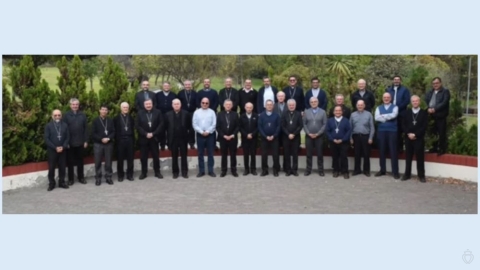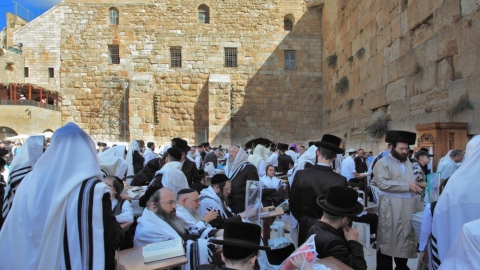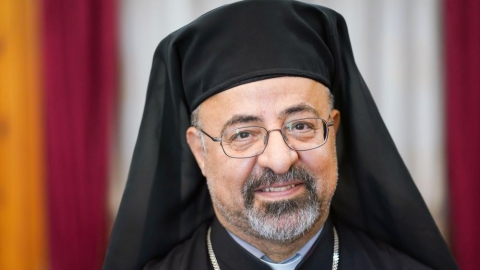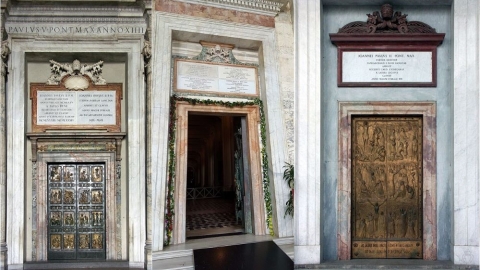Herculean Labors Resume at the Basilica of the Sagrada Familia
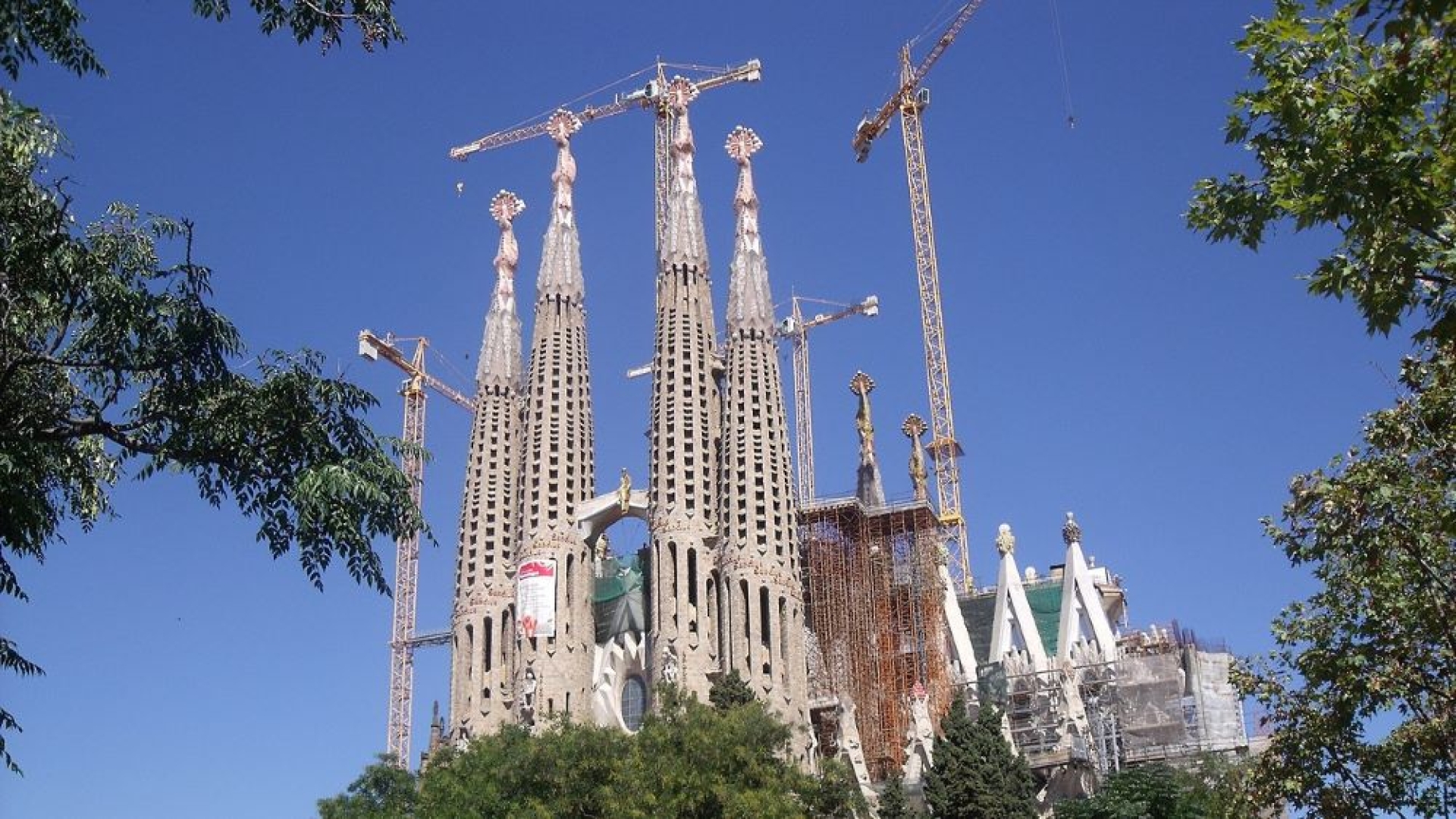
With the year 2021, a new phase of work begins on the Basilica of the Sagrada Familia. If all goes according to plan, the iconic church in Barcelona, Spain—the sixth most visited building in the world before the COVID-19 epidemic—is expected to be completed in 2026, a century after the death of its first architect.
The excitement was unusual at the foot of the immense edifice on January 25, 2021. Construction has just resumed, and is particularly focused on the spire of the Virgin.
Planned to rise 138 meters above the ground, the spire will be, by its size, the second in a still unfinished building which aims to reach 172 meters.
For the moment, the main elements of the tower are already in place, only the end part of the spire is missing. The work should echo the excessiveness of the building: a stone dome six meters high, ending in twelve wrought iron stars; above, an 18-meter “lantern” of hyperboloid structure will be embedded, covered with blue and white mosaics, colors of the Mother of God.
The lantern will end on three arms that will support an imposing twelve-pointed star, made of textured glass, 7.5 meters in diameter, designed to be lit from within.
According to the architects' forecasts, the spire of the Virgin must be completed by the end of 2021...unless the SARS-CoV-2 decides otherwise. Last year the work had to be interrupted for more than three months due to the disorganization resulting from the epidemic.
Elements of the 25-meter terminal, the last part of the tower, which will be crowned by an illuminated twelve-pointed star, are missing.
But the countdown has already started, as the Archdiocese of Barcelona intends to see the work finished in 2026, exactly one hundred years after the death of the father of the emblematic basilica of Catalonia: Antoni Gaudi.
The first stone of the Expiatory Temple of the Holy Family was blessed in 1882, in order to make reparation for sins committed against God and his Church: enough to attract the wrath of the parties of the left, which was not lacking. Fortunately, the classification of the basilica as a World Heritage Site by Unesco has made it possible to permanently protect the building.
The Sagrada Familia was a project originally commissioned architect Francesco de Paula Villar, but it wasn't until a year later that the young Gaudi—a figure known for his piety and asceticism—was nominated to continue the work, to which he would devote himself until the day of his accidental death on June 10, 1926.
Struck by a tram while walking to St. Philippe Néri Church for confession, the illustrious architect, seriously injured, was taken to the hospital: he died there three days later.
In a unique style that art historians of the Iberian Peninsula refer to as “Catalan modernism,” the Sagrada Familia mixes certain neo-Gothic elements with vertiginous asymmetric shapes, where everything has symbolic value.
Related links
(Sources : Site de la Sagrada Familia/Catholic News Agency – FSSPX.Actualités)
Illustration : Peter_Glyn, CC0, via Wikimedia Commons
